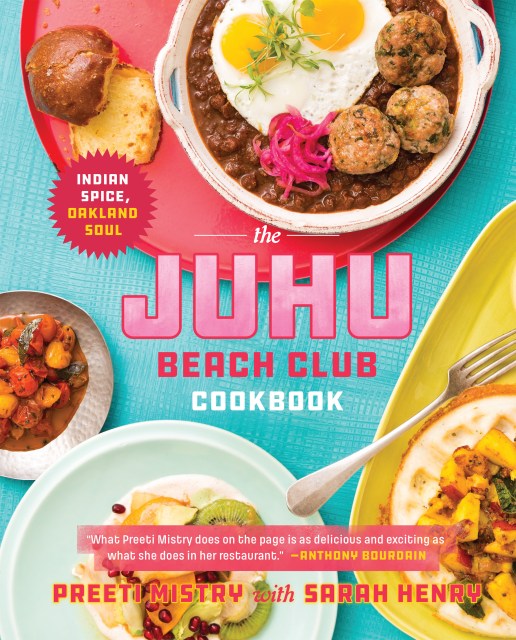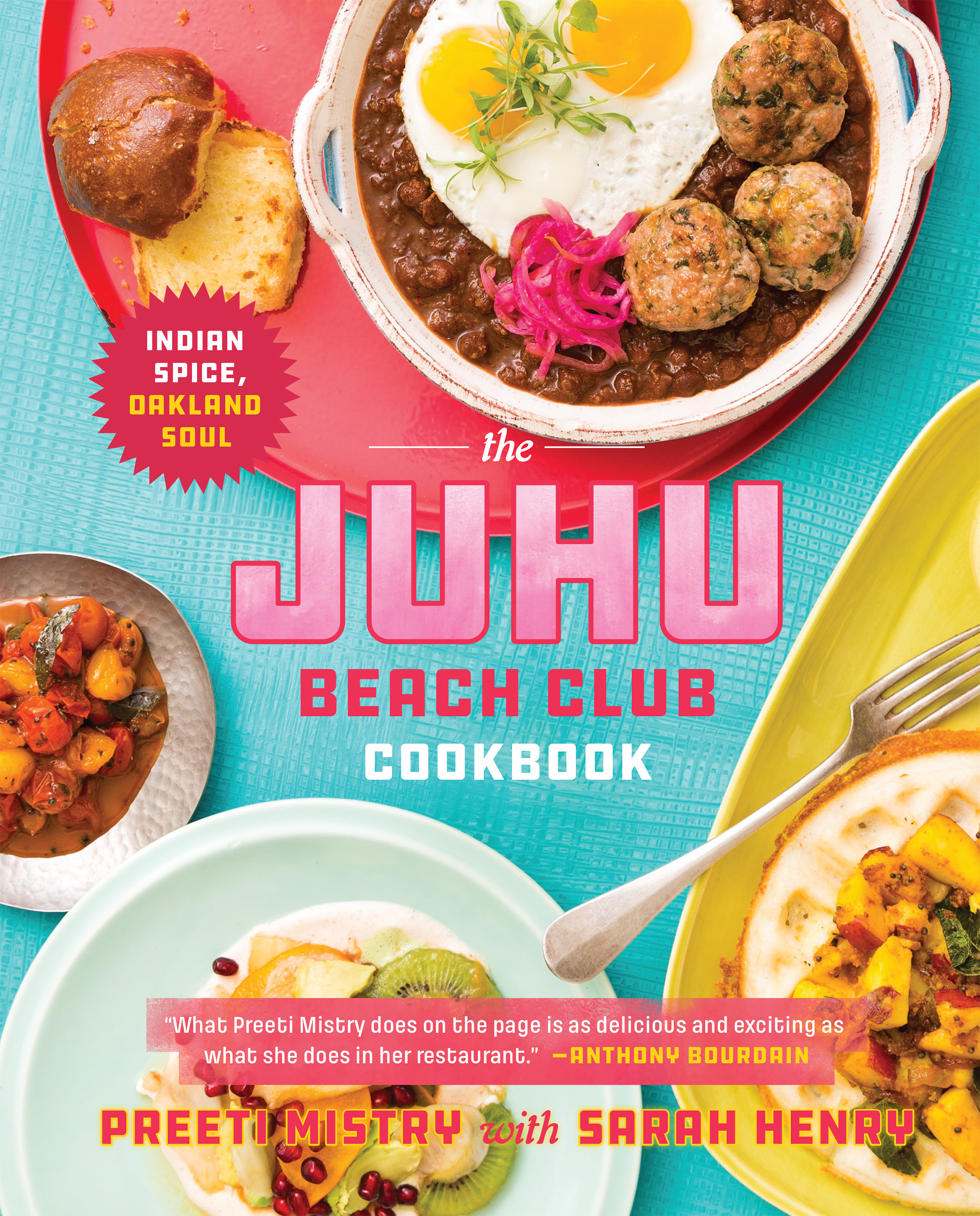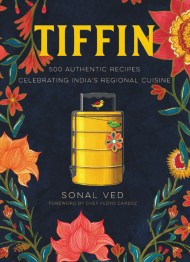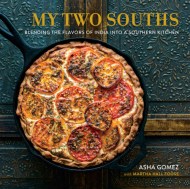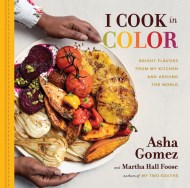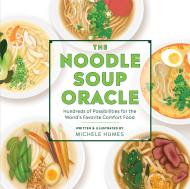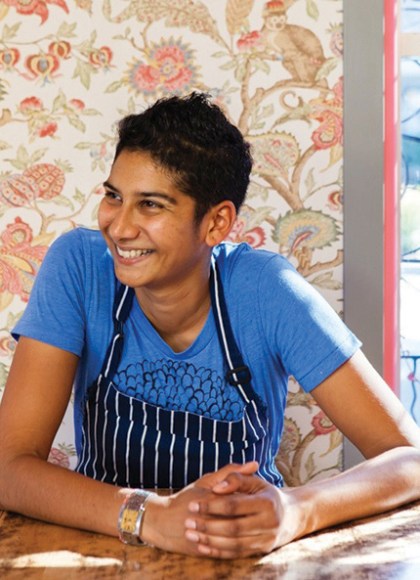Promotion
Use code MOM24 for 20% off site wide + free shipping over $45
The Juhu Beach Club Cookbook
Indian Spice, Oakland Soul
Contributors
By Sarah Henry
Formats and Prices
Price
$19.99Price
$24.99 CADFormat
Format:
- ebook $19.99 $24.99 CAD
- Hardcover $30.00 $39.00 CAD
This item is a preorder. Your payment method will be charged immediately, and the product is expected to ship on or around October 31, 2017. This date is subject to change due to shipping delays beyond our control.
Also available from:
Influenced by her background as a second-generation Indian — born in London, raised across the US, now based in the Bay Area — Preeti's irreverent style informs her personality and her food. This collection of street food, comfort classics, and restaurant favorites blends cuisines from across India with American influences to create irresistible combinations.
Organized by feeling rather than course or season, with chapters like Masala Mashups, Farm Fresh, and Authentic? Hell Yeah, The Juhu Beach Club Cookbook weaves Preeti's culinary journey together with more than 100 bold, flavor-forward recipes to excite and inspire home cooks. Illustrated throughout with full-color photography and playful line art, this book captures the eclectic energy and wide-ranging influences of one of the West Coast's most up-and-coming chefs.
Genre:
-
"What Preeti Mistry does on the page is as delicious and exciting as what she does in her restaurant."- Anthony Bourdain
-
"We're huge fans of Chef Preeti. Her personality is as big as the bold flavors and dishes she serves up at Juhu Beach Club. We love that she's changing up what Indian food is all about with her modern, delicious take on Indian street food. She's creative and inspiring and a unique voice on the American food scene."Kerry Diamond, Editor in Chief, Cherry Bombe Magazine
-
"At Juhu Beach Club, Preeti Mistry has built a deeply affectionate tribute to the culture of Indian food she grew up with, distilled in this book. Vivid and delicious, Preeti's cooking opens a world that seems distant to most of us, even as it expresses something essential about Oakland, a city where people have long come in search of ground fertile enough to hold deep roots."John Birdsall, James Beard Award-Winning Food Writer
-
With recipes written as deliciously as they taste, The Juhu Beach Club Cookbook has already sent the foodie world into a frenzy well beyond the Bay Area."-The Washington Blade
-
Mistry debuts with this stellar collection of Indian-inspired recipes. Her creativity and enthusiasm for Indian cooking is apparent in each recipe. Her energy and passion infuse the entire cookbook, which is as exciting and inspiring to read as it is to cook from.-Publishers Weekly (starred review)
-
You may have heard of chef Preeti Mistry from Top Chef. The book is a self-described eclectic collection of recipes, which in this case means it's a hell of a lot of fun. And while you're happily making masala fries and vindaloo chicken wings, you might just realize Mistry is schooling you on how the proper way to use spices at the same time.-GQ
-
"Mistry's debut skillfully blends knockout recipes and career-spanning reflections. Highly recommended."-Library Journal
-
"Every year, one or two cookbooks come out that feel like old friends. Right now, that book is Juhu Beach Club Cookbook. I'm not Indian, and I've never been to Oakland, but recipes like Peaches and Paneer, or Nimbu Pani lemonade accented with toasted cumin and cilantro speak to my very soul, while all the spice blends and the Rough Pastry Dough recipe are just good reference material. Between all those recipes is Mistry's memoir, which is super-engaging. Maybe that's what makes the book feel so familiar."-Wine Enthusiast
- On Sale
- Oct 31, 2017
- Page Count
- 288 pages
- Publisher
- Running Press
- ISBN-13
- 9780762462469
Newsletter Signup
By clicking ‘Sign Up,’ I acknowledge that I have read and agree to Hachette Book Group’s Privacy Policy and Terms of Use
